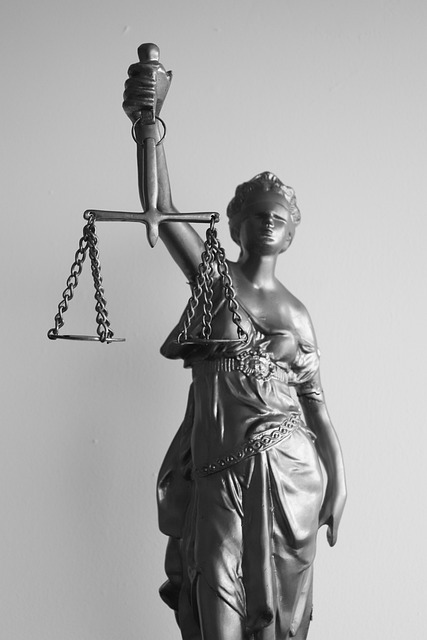Environmental Crime Trials focus on holding accountable parties causing ecological damage, crucial for personal injury cases linked to environmental harm. Calculating damages goes beyond economic losses, including health impacts and community well-being. Lawyers navigate legal strategies, regulatory frameworks, and scientific evidence to secure justice, aiming for fair compensation and deterring future misconduct through strategic evidence presentation and expert witness testimony on long-term health effects.
Environmental Crime Trials shine a spotlight on illegal activities harmful to ecosystems and communities. This article delves into the intricacies of these trials, focusing on key aspects like understanding the legal framework and calculating damages in personal injury cases.
While Calculating Damages in Personal Injury Cases plays a pivotal role in securing justice and compensation, successful prosecutions require robust Legal Strategies for Environmental Justice. By examining these components, we can better navigate the complex landscape of environmental crime trials and foster accountability.
- Understanding Environmental Crime Trials
- Calculating Damages in Personal Injury Cases
- Legal Strategies for Environmental Justice
Understanding Environmental Crime Trials
Environmental Crime Trials delve into complex cases where individuals or organizations are accused of causing significant ecological damage. These trials are crucial in holding responsible parties accountable for their actions, which often have far-reaching consequences on local communities and ecosystems. Understanding the legal framework behind these cases is essential to navigate the intricate process of calculating damages in personal injury cases stemming from environmental harm.
Determining compensatory damages in such scenarios involves assessing the extent of ecological damage, quantifying its impact on affected areas, and considering long-term restoration costs. The focus isn’t merely on monetary losses but also on mitigating ongoing environmental deterioration. Achieving extraordinary results in these trials often hinges on robust evidence and a comprehensive strategy that balances general criminal defense arguments with demonstrating environmental culpability. A complete dismissal of all charges is not typically the goal; instead, the aim is to secure justice and restoration efforts while ensuring accountability for ecological crimes.
Calculating Damages in Personal Injury Cases
In environmental crime trials, calculating damages in personal injury cases is a complex process that goes beyond mere economic losses. The impact of such crimes often extends to individuals’ health and communities’ well-being, making it crucial to assess not just monetary compensation but also the profound effects on lives and ecosystems. This involves considering medical expenses, lost wages, pain and suffering, as well as punitive damages to deter future misconduct—all arguments meticulously presented to juries in what are often high-stakes trials.
The goal is not merely a complete dismissal of all charges but to ensure justice is served and that victims receive a fair and full compensation for their injuries. Lawyers for their clients must navigate regulatory frameworks, scientific evidence, and public interest to secure jury trials that reflect the true cost of environmental crimes. This meticulous approach is vital to upholding environmental protections and ensuring accountability among polluters.
Legal Strategies for Environmental Justice
In environmental crime trials, securing justice often involves navigating complex legal strategies to hold offenders accountable and calculate damages effectively. One crucial aspect is determining compensatory damages, especially in personal injury cases stemming from environmental misconduct. This process requires a thorough understanding of the harm caused and its impact on affected individuals or communities. Lawyers specializing in environmental law employ various methods to assess these damages, ensuring that victims receive fair compensation for their suffering.
An unprecedented track record of success in these trials can be achieved by presenting concrete evidence linking the defendant’s actions to the environmental injury and subsequently quantifying the resulting personal injuries. This may involve expert witnesses who can testify to the long-term effects of pollution or ecological destruction on human health and well-being, thereby justifying substantial damages. Moreover, a competent general criminal defense strategy should focus on mitigating circumstances and challenging the respective business’s liability while adhering to environmental justice principles.
Environmental crime trials play a pivotal role in ensuring justice and accountability for ecological damage. By understanding these legal processes, from calculating damages in personal injury cases to employing strategies for environmental justice, we can foster a more sustainable and equitable future. Through robust legal frameworks, communities can hold perpetrators accountable, restore ecosystems, and protect the rights of all individuals affected by environmental harm.






